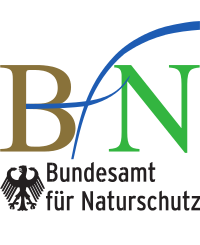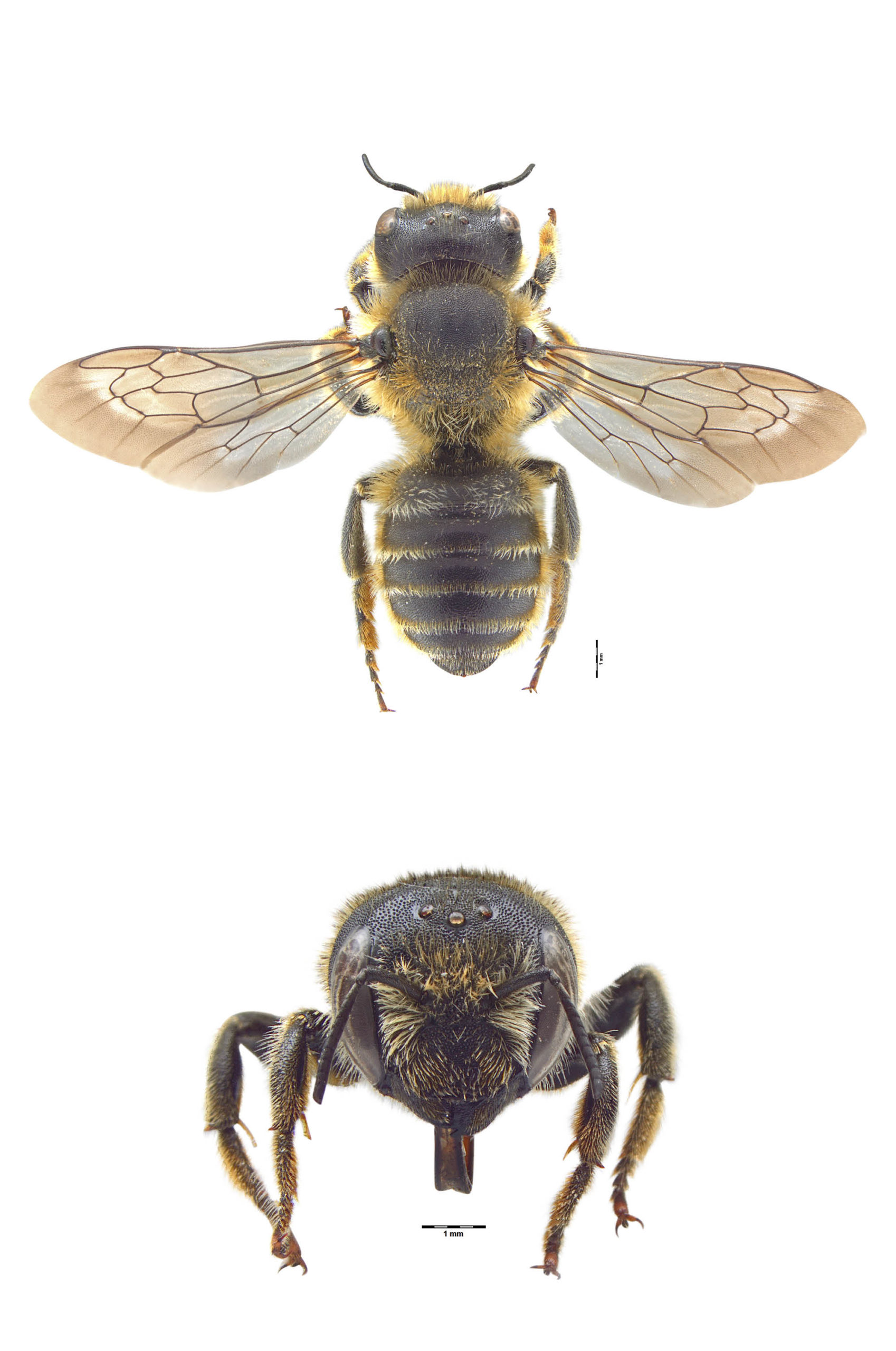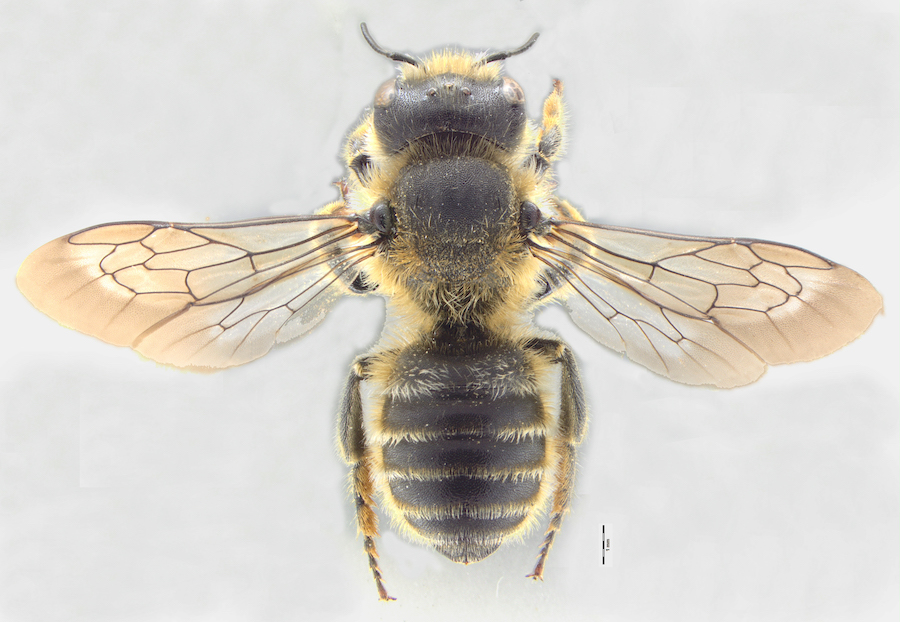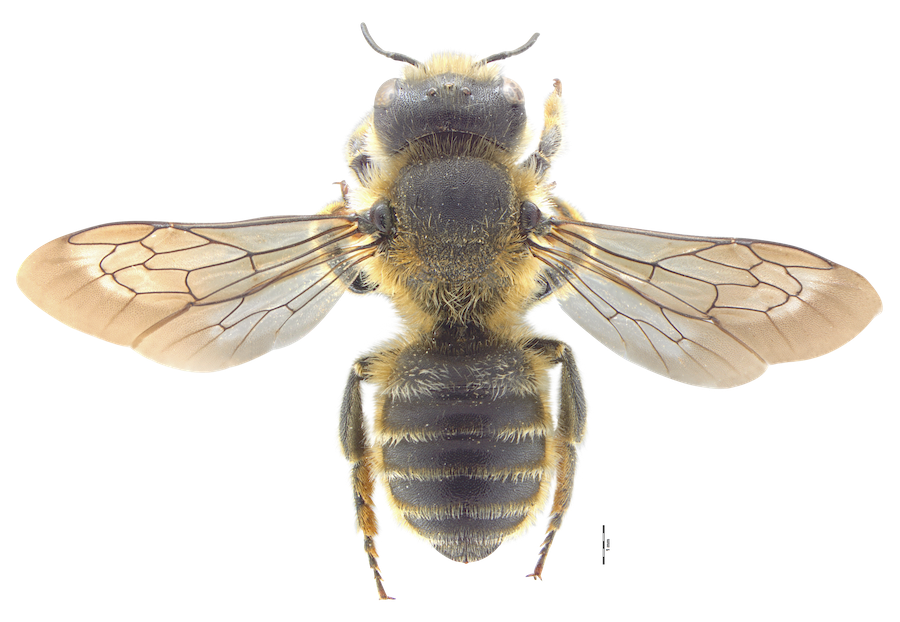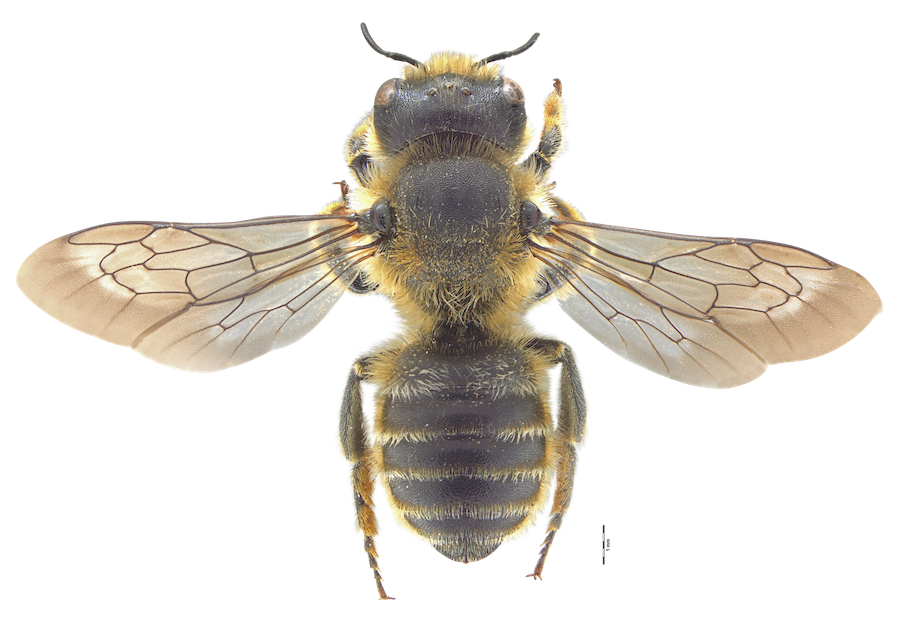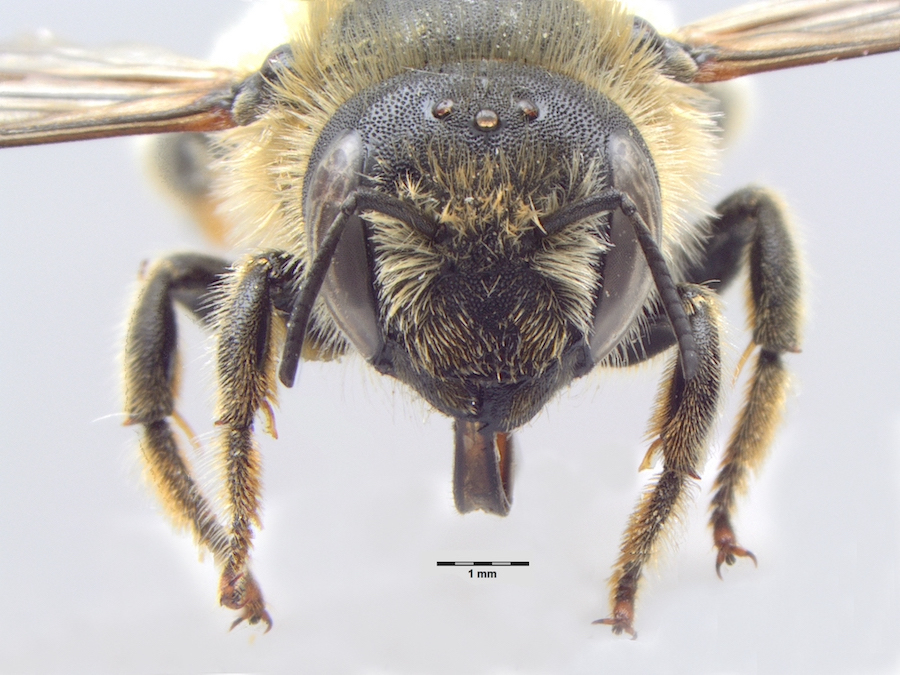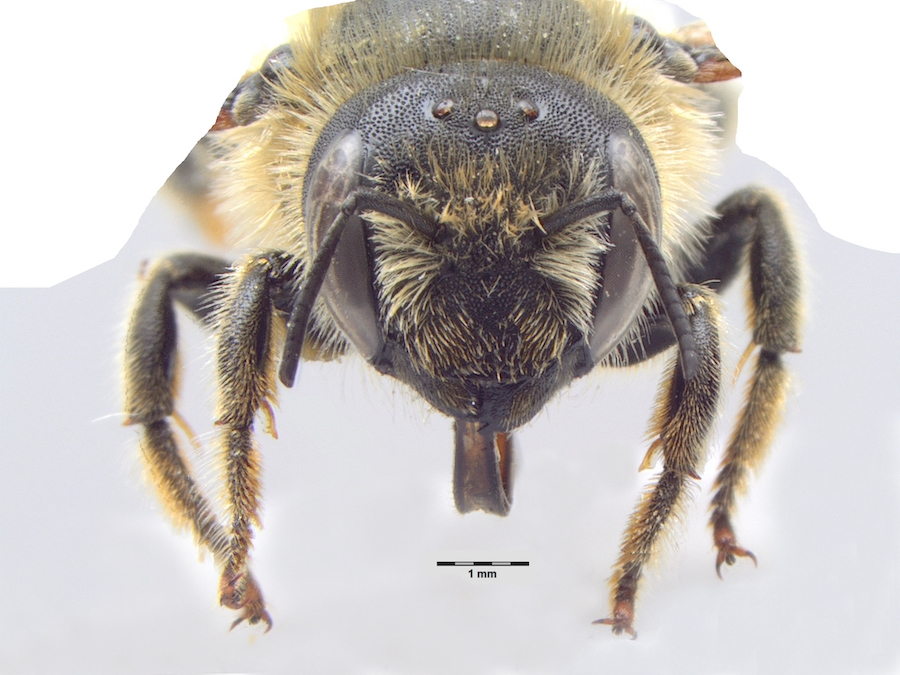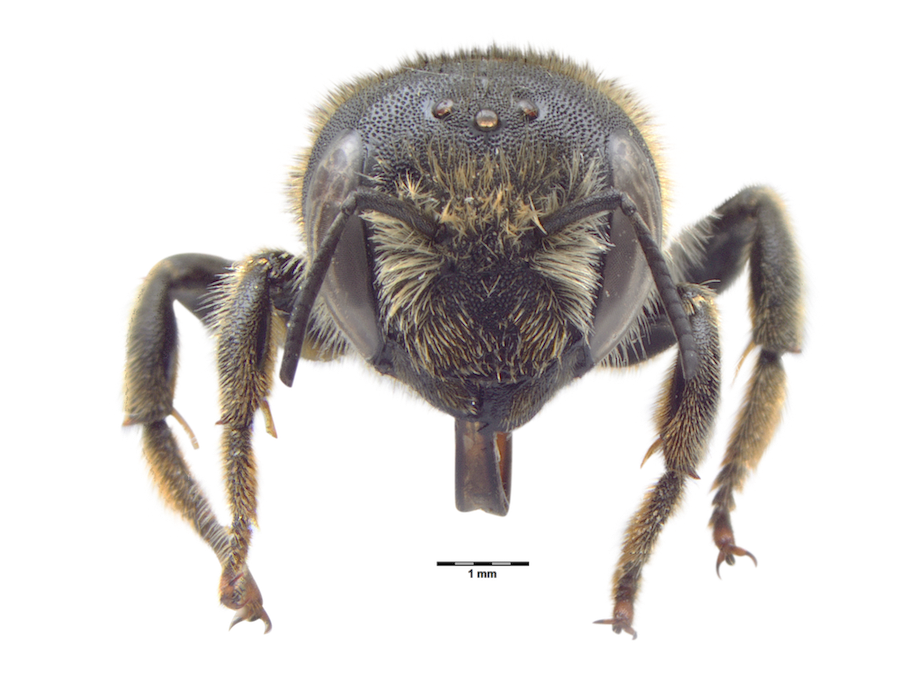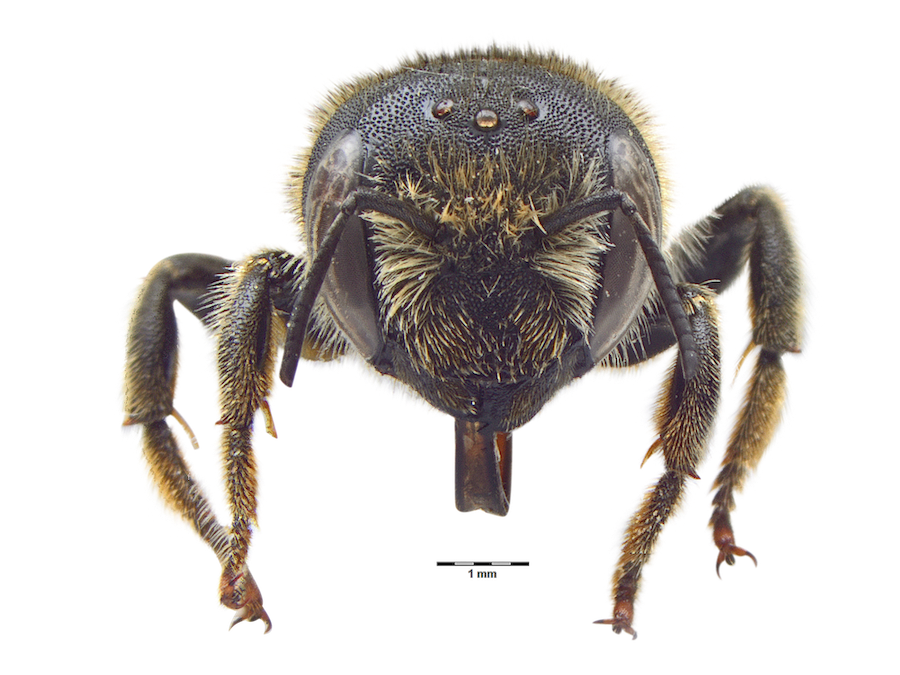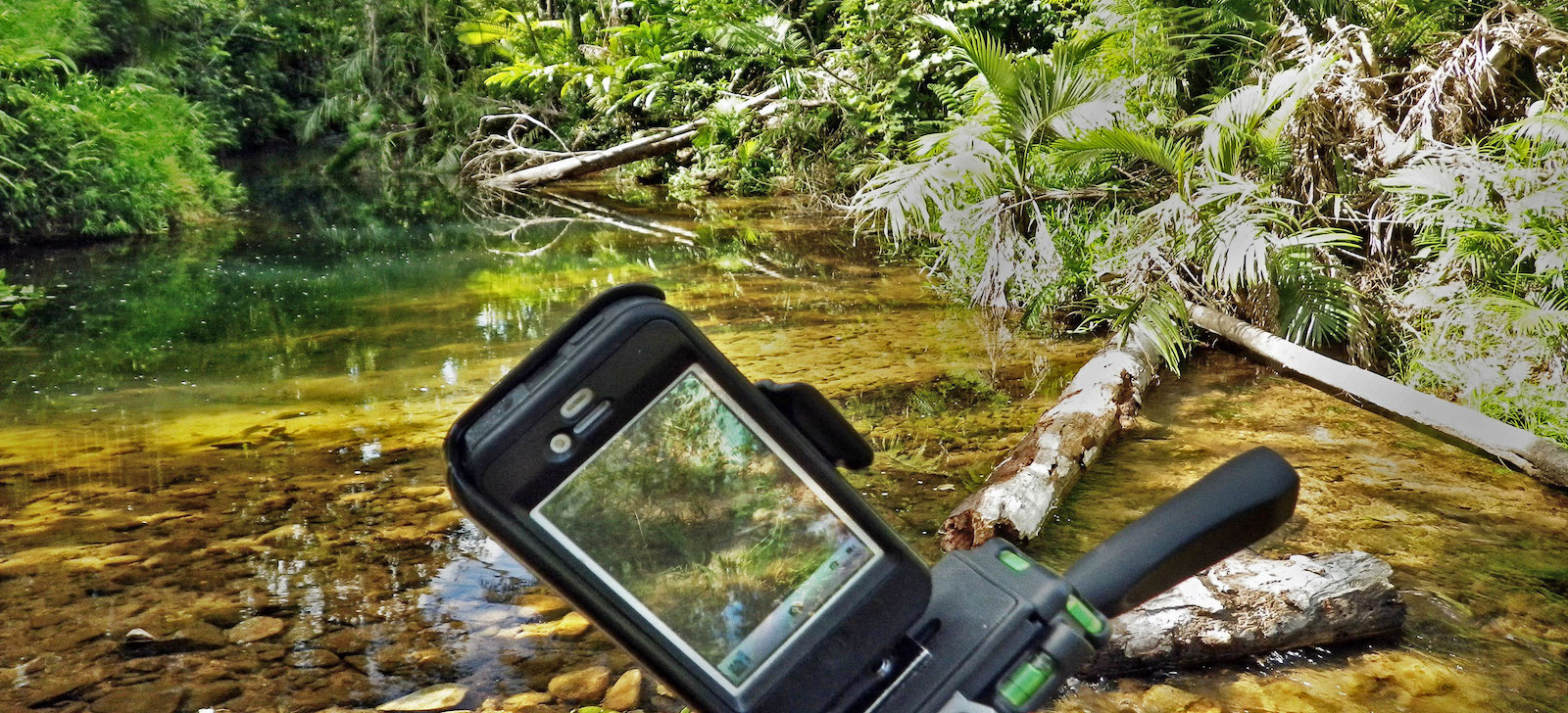
Category
WILDLIFE MONITORING
The following ongoing project, BienaBest, demonstrates what we are doing for the German government’s Ministry of environment, the BMU with its sub-department BfN in conjunction with the University of Ulm and European’s leading bee taxonomists top of their class. The aim is to create a bee Id app for the lay person to identify the most common 100 bee species native to Germany. Additionally an In-App purchase to identify a further 200 bees will be subsequently made available. The latter will be of use to experts for monitoring purposes, to students to facilitate research projects. The apps, for both platforms, iOS amd Android will be made available soon.
BienABest – FOR THE CONSERVATION OF WILD BEES
BienABest is a scientific project to preserve and increase the ecosystem service “pollination by wild bees”. The project, which involves various scientific institutions, is developing methods to prevent the drastic decline of wild bee populations. Furthermore, the biodiversity of wild bees is to be restored and the pollinator potential is to be promoted. The methods standardized within the project will subsequently be used as a basis for systematic monitoring. The population trends of wild bees will be recorded using a field identification key to be developed so that the animals can be captured alive and released immediately after identification. The established methods will then be used as a standard independent of the BienABest project as a basis for long-term monitoring of wild bees.
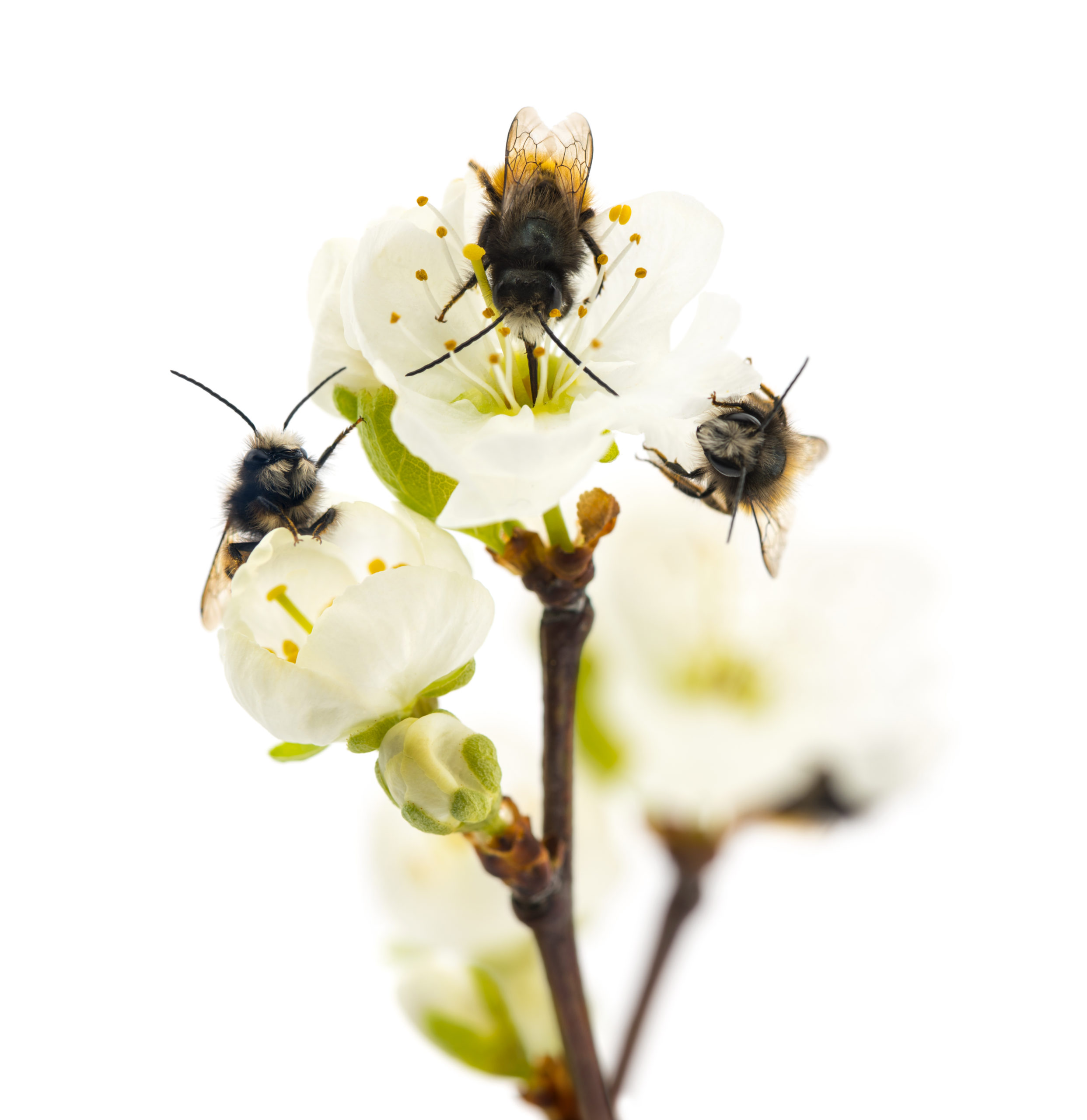
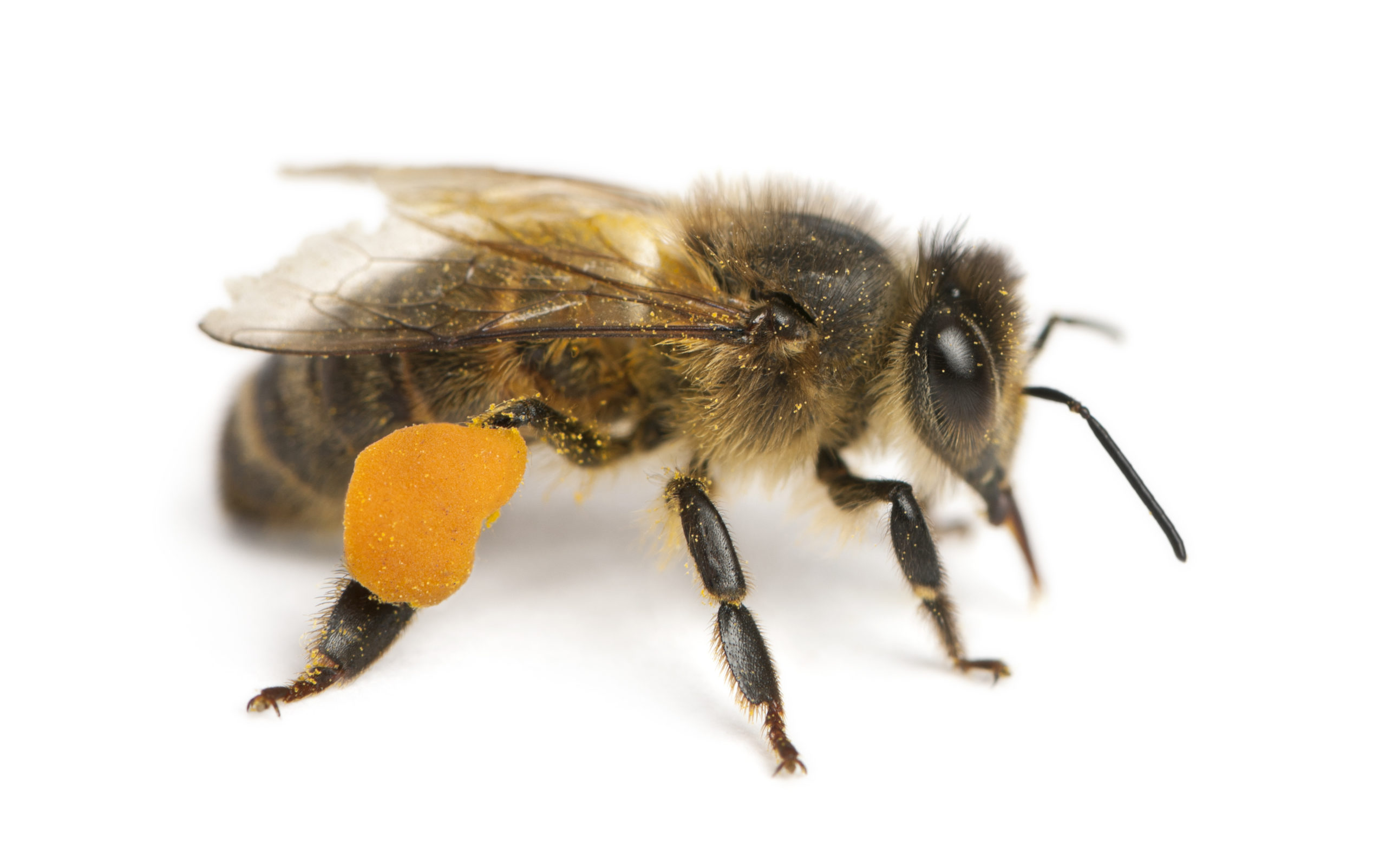
Within the framework of comprehensive public relations activities, the public will be informed about the benefits of the biodiversity of wild bees and measures for its conservation and protection will be presented. A focus is being put on use of social media, which can also be used to address more young people.
Project
Need for an App
For the practical implementation of the studies and the collection of wild bee data, an app is needed that supports scientists in the field which will also be made available to the public. For this purpose, the app must be intuitive to use, be equipped with an easy-to-use and reliable identification key, including a fast server API which needs to work equally well on tablet and mobile phone devices.
Development and Hosting
Sunbird Images have won the pitch and have thus been assigned to the development and hosting of the app within the BienABest project.
For this purpose, Sunbird Images develop native apps for the identification of wild bee species and data acquisition on mobile devices using the operating systems Android OS and iOS. The apps are individually created for an optimal display and performance for both operating systems in Kotlin and Swift for smartphones and tablets. The basic version contains 100 bee taxa will be available for free download in the App Stores. The species descriptions of these 100 taxa include a significant photo and a description.
The bee images are being created by taxonomist Hans Schwenninger with a binocular microscope using image stacking technology to receive maximum depth of field. These raw images are then sent to the Sunbird team where they are being pre processed, then carefully being cut out. Afterwards an additional image fine-tuning takes place. Finally the bee monograph plates and single bee images are being put together. The results are stunning identification plates with macro detail photo of the head plus full body images showing the bee species in detail never done before.
Sunbird Images are also responsible for the development of the required UX & UI for smartphones and tablets, the complete design of the app and the programming of all functions in Swift and Kotlin.
Process
Creating The images
Server Connection and Content Update
The app is provided with a server-based content update that makes changes in the taxonomy available to users in real time without the app itself needing to be updated.
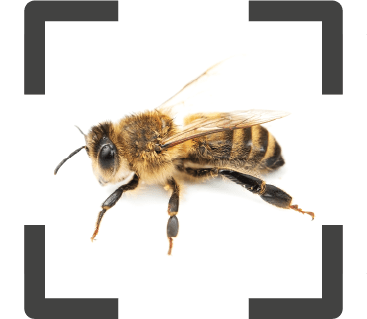
Development of an Identification Key
Another challenge taken up by Sunbird Images is the development of a multilayer identification key for wild bees. This will be done in close cooperation with the team of the Institute of Evolutionary Ecology and Conservation Genomics lead by Prof. Ayasse as well as independent taxonomists Hans R. Schwenninger and Erwin Scheuchl and the biologists and developers of the Sunbird Images team.
Extensions
In an extended version, the app will include an in-app module with an additional 200 bee taxa. The development and hosting of this in-app module is also carried out by Sunbird Images.
Partners and Supporters
The joint project BienABest is coordinated by the VDI Society Technologies of Life Sciences and the University of Ulm and will run until 2023. This project, which is funded by the German Federal Agency for Nature Conservation (BfN), is part of the German Federal Programme on Biological Diversity and is funded by the Federal Ministry for the Environment, Nature Conservation, Construction and Nuclear Safety (BMUB). The project is also financially supported by the Ministry for the Environment, Climate and Energy of Baden-Württemberg, BASF SE and the Bee Care Center of Bayer AG.


